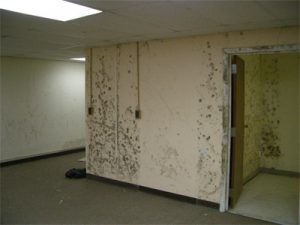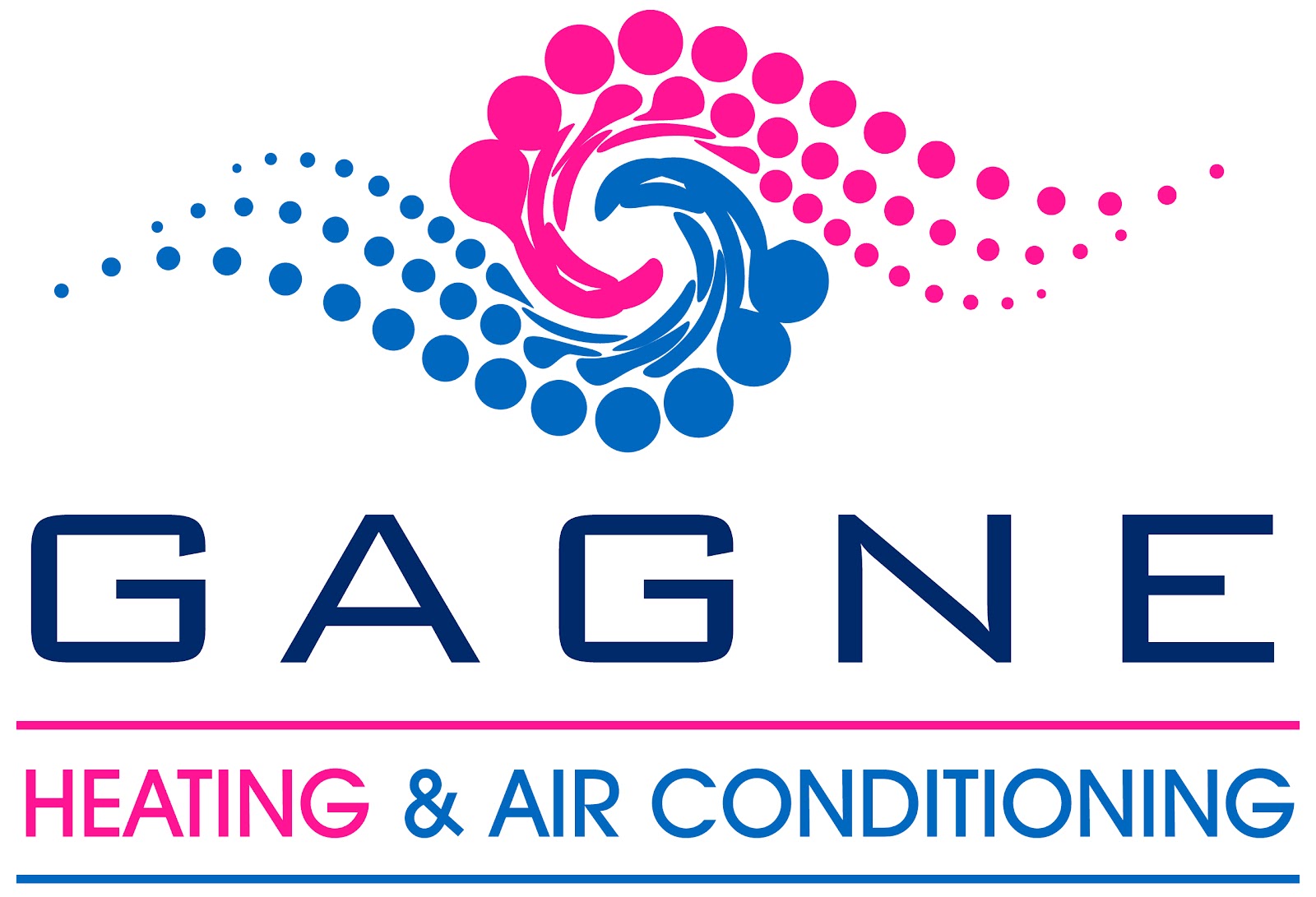
This school year has already seen a series of mold outbreaks at Atlanta-area schools that have parents and administrators concerned.
First, mold spores were discovered in downtown Atlanta’s Booker T. Washington High School three months ago. The four affected areas were closed to students while crews cleaned it of mold and tested for additional spores.
Just a week later, a local elementary school admitted to having a mold problem in seven classrooms and one office. Administrators at WhitefoordElementary School sent a letter home to parents saying the recent mold problems are not exclusive to Atlanta Public Schools.
Finding mold growth in commercial spaces and schools is common enough as it is, but the record rainfall this past summer has caused an increase of mold growth problems in a number of homes, buildings, and schools in the region.
Mold can grow in almost any environment. As long as there is oxygen and moisture, mold has the ability to thrive and spread quickly, especially if undiscovered or ignored. The key to preventing mold growth in large buildings is to the control moisture level.
Moisture can enter a large building, like a school, through a variety of ways: roof leaks, unvented appliances, humidity, etc. Maintaining proper ventilation and humidity levels will not eliminate every mold spore in a building, but it will provide an environment that reduces the risk of mold development and growth. And creating a safe learning environment for our children is of utmost importance.
According to the EPA, exposure to mold can cause allergic reactions, asthma, and other respiratory conditions. Children and teens are especially at risk of having a severe reaction to mold growth.
Whether it is a school, business or home, the EPA offers the following tips for preventing mold growth:
- Fix water leaks immediately
- Watch for condensation and wet spots, and fix the moisture problem promptly
- Prevent condensation by keeping indoor humidity levels below 60% (between 30% and 50% is ideal)
- Dry damp areas within 48 hours
- Vent appliances that create moisture
- Schedule regular HVAC system maintenance to discover any problems and resolve them before serious damage occurs
If you suspect you may have mold problem in your building or home, call a licensed contractor to get a mold test done immediately.
Once any mold has been removed, contact a trusted HVAC specialist for a humidity assessment, so that you can learn how to prevent further mold growth in the future.
Here at Gagne AC, we provide professional service on ventilators, dehumidifiers and indoor air quality systems. Contact us today to schedule a free consultation.
